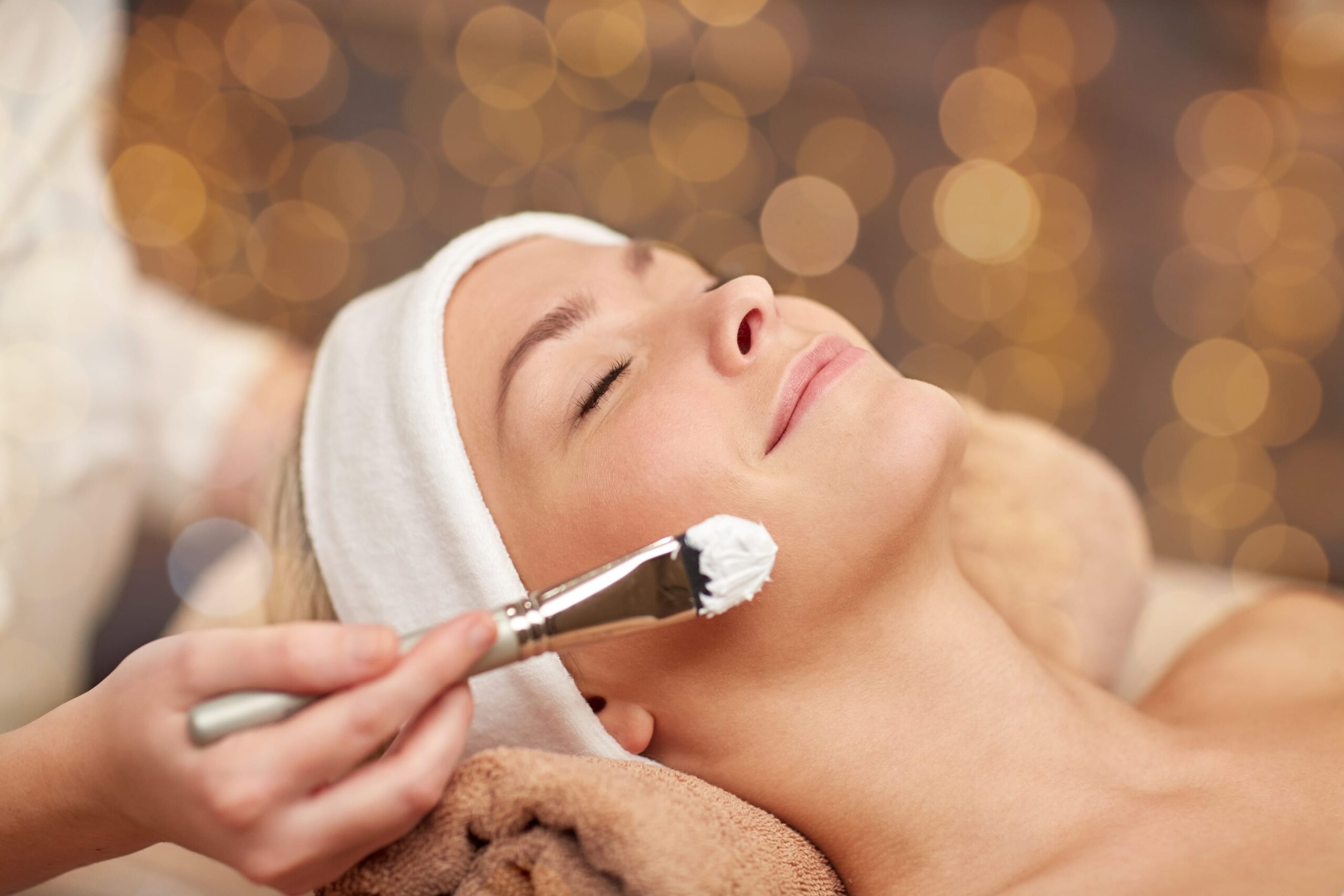
If you’ve been dealing with facial redness that just won’t quit, you’re definitely not alone. Rosacea is a common skin condition that causes persistent flushing, visible blood vessels, and sometimes small bumps that resemble acne. While creams and medications can help, they often don’t fully tackle the visible signs. That’s where rosacea laser treatment comes in.
Laser therapy is becoming one of the go-to solutions for managing rosacea symptoms—especially redness and broken capillaries. Let’s break down how it works and what you can expect from two of the most popular options: Pulsed Dye Laser (PDL) and Intense Pulsed Light (IPL).
What Is Rosacea Laser Treatment?
Rosacea laser treatment is a non-invasive cosmetic procedure designed to target visible symptoms like flushing, spider veins, and skin inflammation. It uses light-based energy to shrink blood vessels under the skin’s surface, which reduces the red, blotchy appearance many rosacea sufferers experience.
The main goal here isn’t to cure rosacea—since it’s a chronic condition—but to manage its most frustrating symptoms. Many people find that laser treatments not only improve their skin tone but also boost their confidence.
Pulsed Dye Laser (PDL): How It Works
PDL is often considered the gold standard for treating redness and visible blood vessels.
Here’s how it works:
The laser sends out a burst of yellow light that’s absorbed by the blood in your dilated vessels. This heats the vessel walls just enough to cause them to collapse and be reabsorbed by your body over time. Once the treated vessels are gone, your skin tone looks more even.
PDL is especially good for treating:
- Persistent facial redness
- Visible broken capillaries
- Flushing triggered by temperature or emotion
The laser is very precise, so it can target problem areas without damaging the surrounding skin.
Intense Pulsed Light (IPL): A Broader Approach
IPL is a bit different. It uses a broad spectrum of light—not a focused laser beam—to treat a wider area. This makes it perfect for rosacea patients who have more diffuse redness across the cheeks, nose, chin, or forehead.
IPL isn’t just about shrinking blood vessels. It also helps with:
- Inflammation
- Sun damage
- Overall skin texture and tone
Many people with rosacea also deal with discoloration or blotchiness from UV exposure, and IPL does a solid job of treating that too. It’s a favorite for those looking to even things out without using harsh chemicals or strong medications.
What to Expect During the Procedure
Both PDL and IPL treatments are done in-office and typically take about 20 to 45 minutes. Your provider will first cleanse your skin and may apply a cooling gel. You’ll also be given protective eyewear.
During the treatment, you might feel a slight snapping or stinging sensation—like a rubber band hitting your skin. It’s not exactly pleasant, but most people tolerate it just fine. Some machines come with built-in cooling systems, which help keep discomfort to a minimum.
You may need multiple sessions spaced out over several weeks. Your provider will suggest a plan based on your skin’s condition and how it responds after the first treatment.
Aftercare and Recovery
Right after the session, your skin might look a little red or feel warm—kind of like a mild sunburn. This usually goes away within a few hours to a couple of days. In some cases, you might have slight swelling or bruising, especially with PDL. This is normal and part of the healing process.
Here are a few quick recovery tips:
- Avoid sun exposure for at least a week
- Use a gentle cleanser and moisturizer
- Skip the gym or hot showers for 24–48 hours
- Always wear sunscreen with SPF 30 or higher
You’ll start noticing improvements in redness and skin tone after a few days, with more dramatic results appearing after a couple of sessions.
Is Laser Treatment Right for You?
Laser therapy can be a great choice for people who haven’t had luck with topical creams or oral medications. It’s especially helpful if you’re dealing with visible veins or chronic redness that just won’t fade. However, it’s not a one-size-fits-all solution.
Laser treatments may not be recommended if you:
- Have very dark skin (though some newer technologies are changing that)
- Are pregnant or breastfeeding
- Have an active skin infection or open wound
A proper consultation with a dermatologist or laser specialist is essential. They’ll assess your skin and recommend the best treatment option based on your rosacea type and symptoms.
Final Thoughts
Living with rosacea can be frustrating, especially when it feels like nothing is working. But rosacea laser treatment—whether you go with PDL or IPL—offers a modern, effective way to get clearer, more balanced skin. With minimal downtime and real results, it’s no wonder more and more people are turning to laser therapy to take control of their rosacea.
If your redness has been holding you back, it might be time to explore laser treatment as a serious option. You’ve got nothing to lose—except the redness.